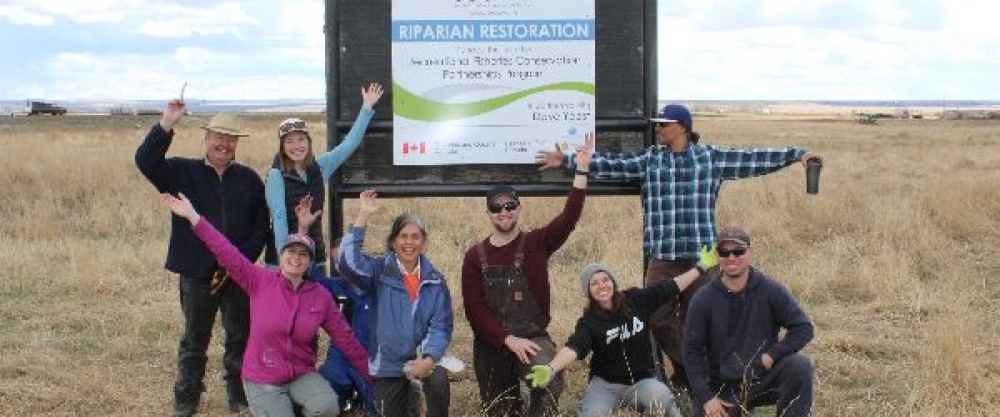Plants are vitally important to the health of the watershed

They are essential to the health of ecosystems and their functions, biodiversity and economics. They also help with climate regulation, the cycling and distribution of nutrients, and the provision of raw materials and resources.
Plants cleanse the air and provide oxygen, help soil retain water, shield animals and other plants from the sun and other elements, and provide habitat. They also help to regulate the climate, cycle and distribute nutrients and provide raw materials and other resources. And don’t forget the awesome beauty they give us throughout each year!
While the ecoregion of the SEAWA watershed is primarily prairie mixed grassland, there is a wide variety of plants throughout the region. For example, in the Cypress Hills region, four distinct habitats and a climate more moderate than the prairies make this a park exceptionally rich in plant and animal life. More than 700 species of plants thrive there (including 18 species of orchids).
In the SEAWA watershed, plant species include native, and non-native (or invasive) plants. The plants can generally be divided into woody and non-woody plants. Invasive plant species are spreading widely throughout the area.
Invasive plant species included bladder campion (Silene cucubalus), leafy spurge (Euphorbia esula), scentless chamomile (Matricaria perforata), Canada thistle, (Cirsium arvense), and perennial sow thistle (Sonchus arvensis).
Read more about some of Alberta’s invasive species (Alberta Invasive Species Council)
Learn about SEAWA's invasive plant management!
Trees in the SEAWA Watershed
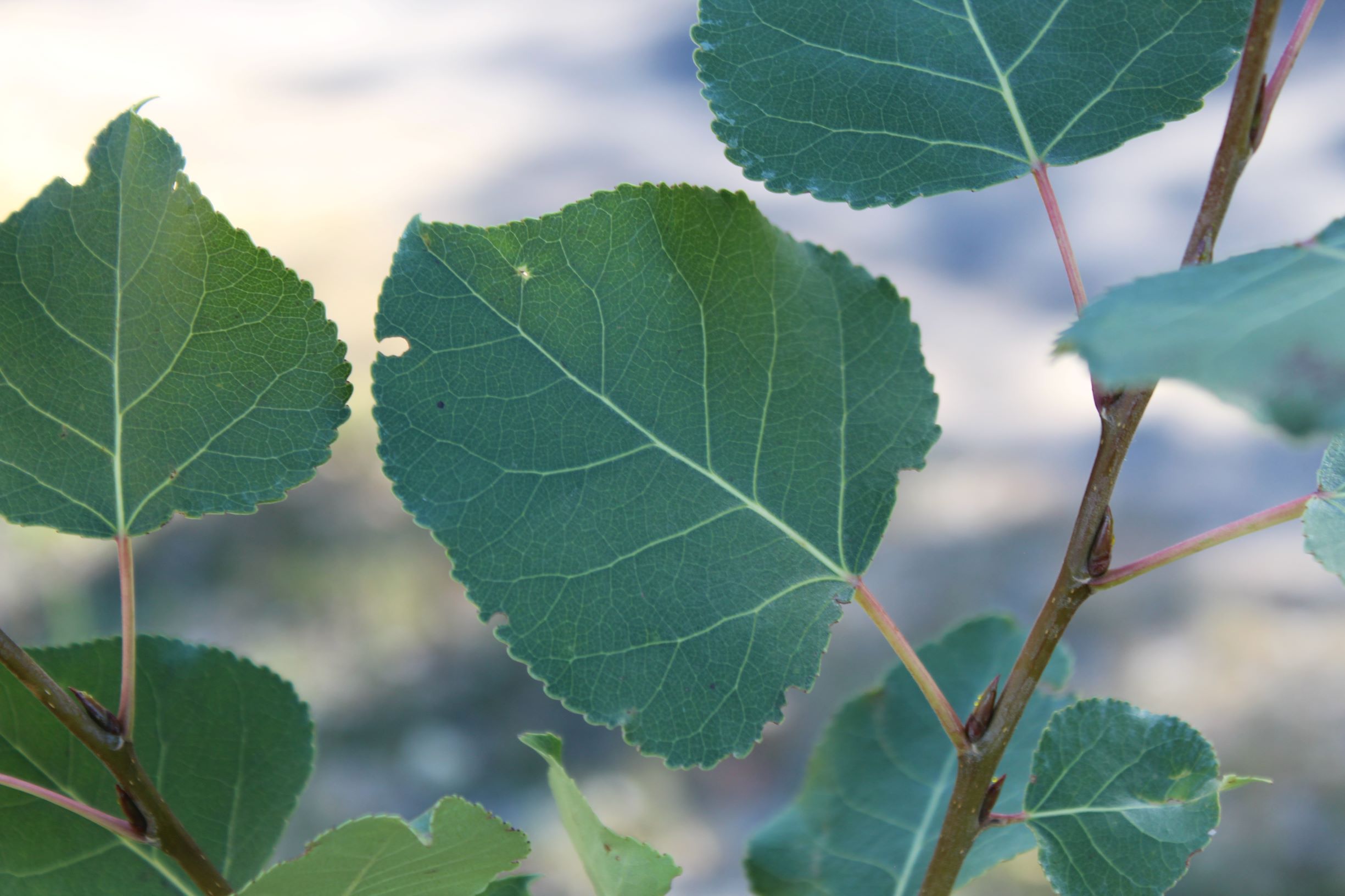
Alberta has four forest regions, each with its own variety of trees and unique climate. The regions are the Boreal, Aspen Parkland, Subalpine and Montane. In terms of forest, the SEAWA watershed doesn't fall into any of these regions. Apart from some pine and aspen forest in the Cypress Hills, the vast majority of the region is grassland. Despite this, there is a host of woody species found growing on the prairie, and even small forests found in riparian areas.
Grassland Region
In the Southeast corner of Alberta exist some of the driest conditions in the province. This allows for very unique adaptations and interactions among plant communities. While much of what grows in this region is grass and small, dry shrubs, there is still considerable space for forests of medium to large trees along the South Saskatchewan River and its many tributaries. Tree species found in these areas include:
- Plains Cottonwood (Populus deltoides)
- Balsam Poplar (Populus balsamifera)
- Green Ash (Fraxinus pennsylvanica)
- American Elm (Ulmus americana)
- Manitoba Maple (Acer negundo)
- Beaked Willow (Salix bebbiana)
Unfortunately, some woody species in the region are declining, such as cottonwoods. Read more below:
The Decline of Cottonwood Poplars in the Prairies - Cathy Linowski (247.01 KB)Common Plants in the SEAWA Watershed
In the South Saskatchewan River Sub-basin (SSRSB), there are at least forty-one species of grasses and grass-like plants, and at least seventy species of forbs.
Read more about the various types and classifications of Alberta Range Plants.
For a colour-coded list of common coulee plants, click here.
Flowers
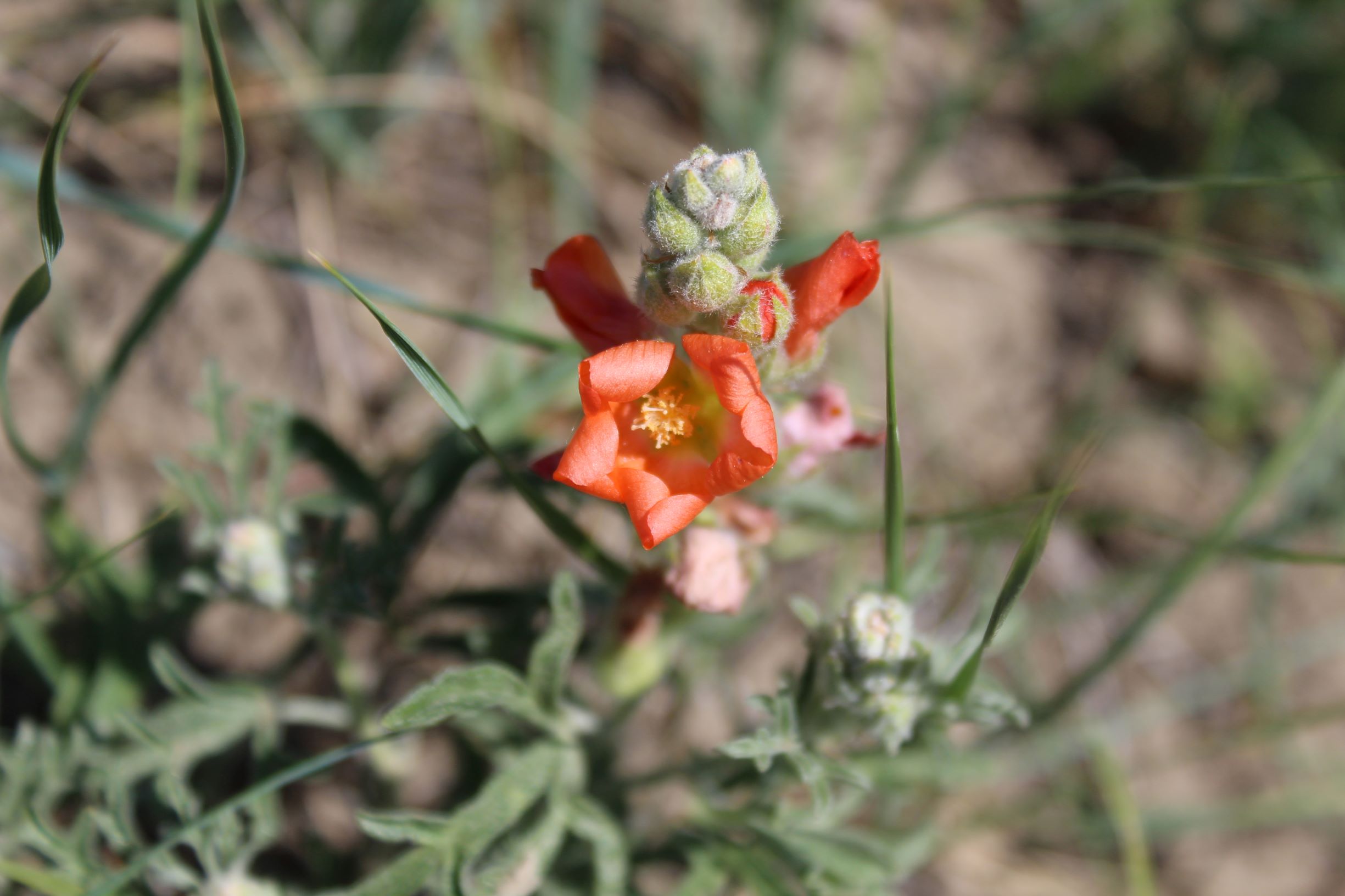
- Common Yarrow (Achillea millefolium)
- White Heath Aster (Symphyotrichum ericoides)
- Hairy Golden Aster (Heterotheca villosa)
- Purple Prairie Clover (Dalea purpurea)
- Prairie Coneflower (Ratibida columnifera)
- Blanketflower (Gaillardia aristata)
- Blue Flax (Linum lewisii)
- Scarlet Beeblossom (Oenothera suffrutescens)
- Scarlet Mallow (Sphaeralcea coccinea)
- Two-grooved Milkvetch (Astragalus bisulcatus)
- White Beardtongue (Penstemon albidus)
- Smooth Blue Beardtongue (Penstemon nitidus)
- Canada Anemone (Anemone canadensis)
- Golden Buffalobean (Thermopsis rhombifolia)
- Dotted Blazingstar (Liatris punctata)
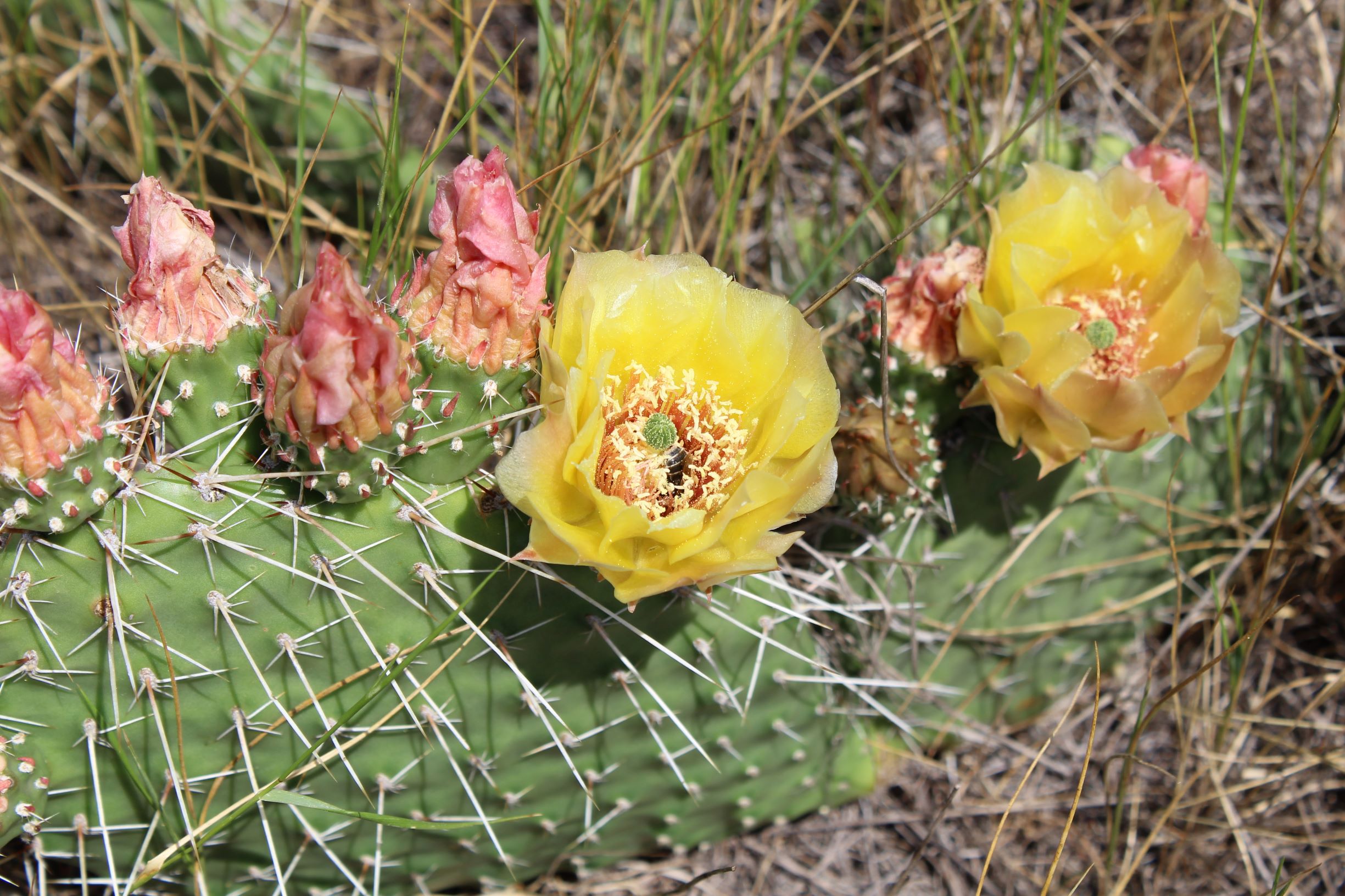
- Showy Milkweed (Asclepias speciosa)
- Prairie Smoke (Geum triflorum)
- Prairie Sunflower (Helianthus petiolaris)
Click here for some extra information about common local wildflowers!
And here for some butterflies that love them.
Cacti
- Plains Prickly Pear (Opuntia polyacantha)
- Brittle Prickly Pear (Opuntia fragilis)
- Pincushion Cactus (Pelecyphora vivpara)
Shrubs
- Chokecherry (Prunus virginiana)

- Thorny Buffaloberry (Shepherdia argentea)
- Saskatoon (Amelanchier alnifolia)
- Golden Currant (Ribes aureum)
- Canada Gooseberry (Ribes oxyacanthoides)
- Wolf Willow / Silverberry (Elaeagnus commutata)
- Snowberry (Symphoricarpos albus)
- Silver Sagebrush (Artemisia cana)
- Skunkbush Sumac (Rhus trilobata)
- Wood's Rose (Rosa woodsii)
- Creeping Juniper (Juniperus horizontalis)
- Saltbush (Atriplex spp.)
- Greasewood (Sarcobatus vermiculatus)
- Sandbar Willow (Salix exigua)
- Red Osier Dogwood (Cornus sericea)
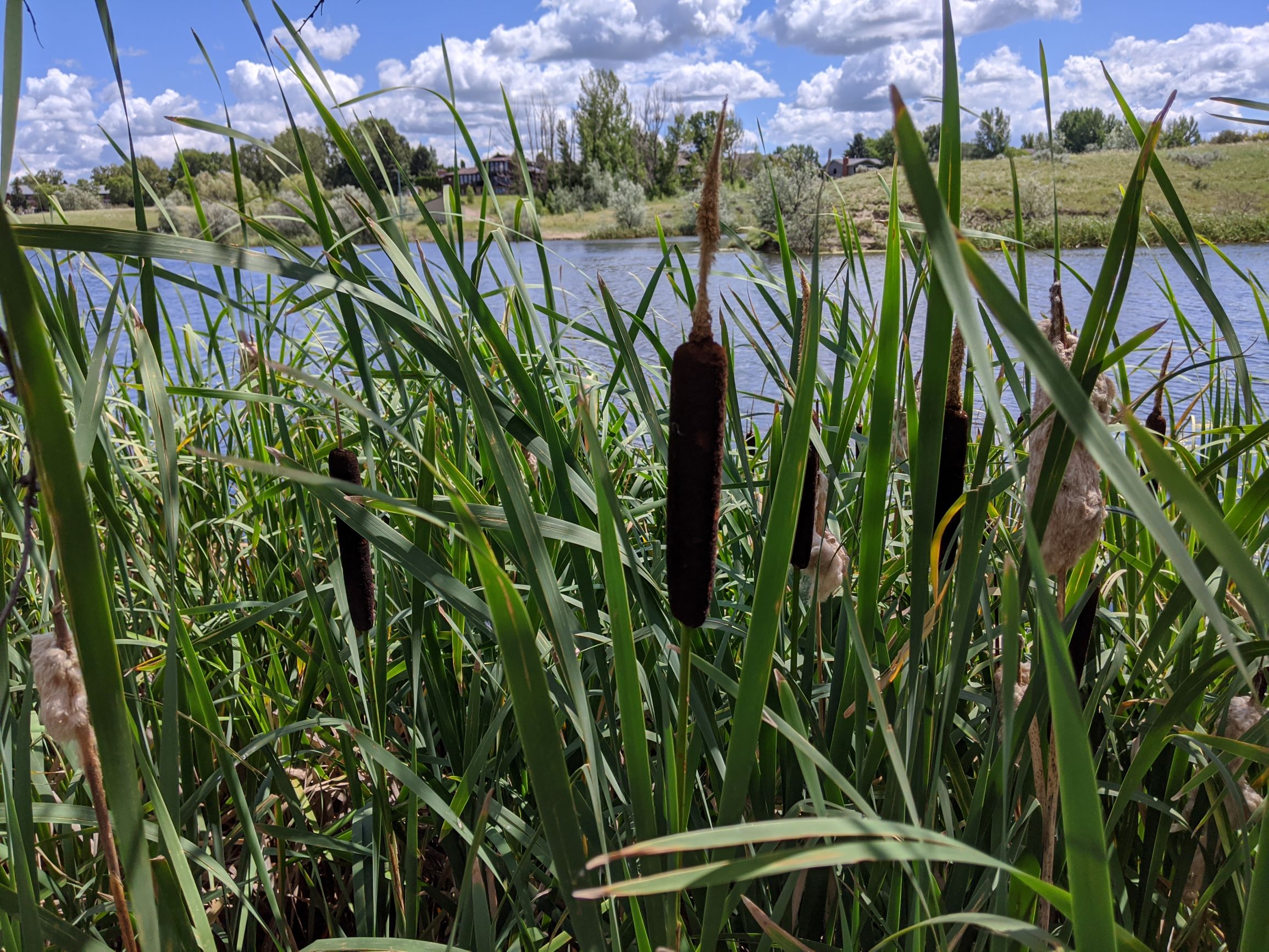
Grasses and Grass-likes
- Needle-and-thread (Hesperostipa comata)
- Blue Grama (Bouteloua gracilis)
- June Grass (Koeleria macrantha)
- Sand Reed Grass (Calamovilfa longifolia)
- Western Wheatgrass (Pascopyrum smithii)
- Reed Canary Grass (Phalaris arundinacea)
- Foxtail Barley (Hordeum jubatum)
- Manna Grass (Glyceria grandis)
- Hardstem Bulrush (Schoenoplectus acutus)
- Softstem Bulrush (Schoenoplectus tabernaemontani)
- Cattail (Typha latifolia)
- Thread Leaved Sedge (Carex filifolia)
- Awned Sedge (Carex atherodes)
Other Common Plants
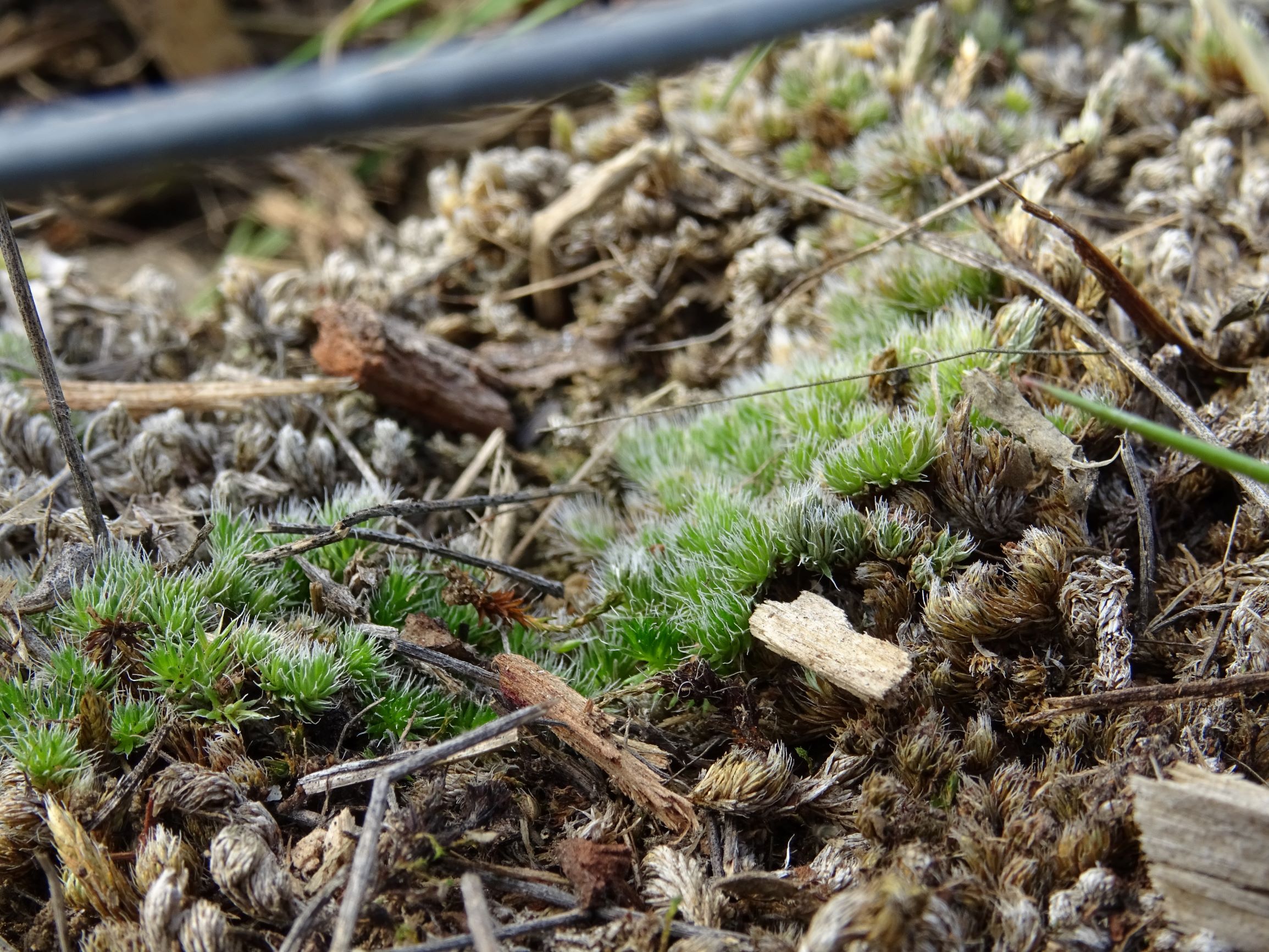
- Wild Licorice (Glycyrrhiza lepidota)
- Common Horsetail (Equisetum arvense)
- Western White Clematis / Old Man's Beard (Clematis ligusticifolia)
- Prairie Selaginella (Selaginella densa)
- Water Smartweed (Persicaria amphibia)
- Wavyleaf Thistle (Cirsium undulatum)
- Winter Fat (Krascheninnikovia lanata)
- Pasture Sage (Artemisia frigida)
- Prairie Sage (Artemisia ludoviciana)
- Prairie Onion (Allium textile)
And many, many more!
Rare / Uncommon Plants
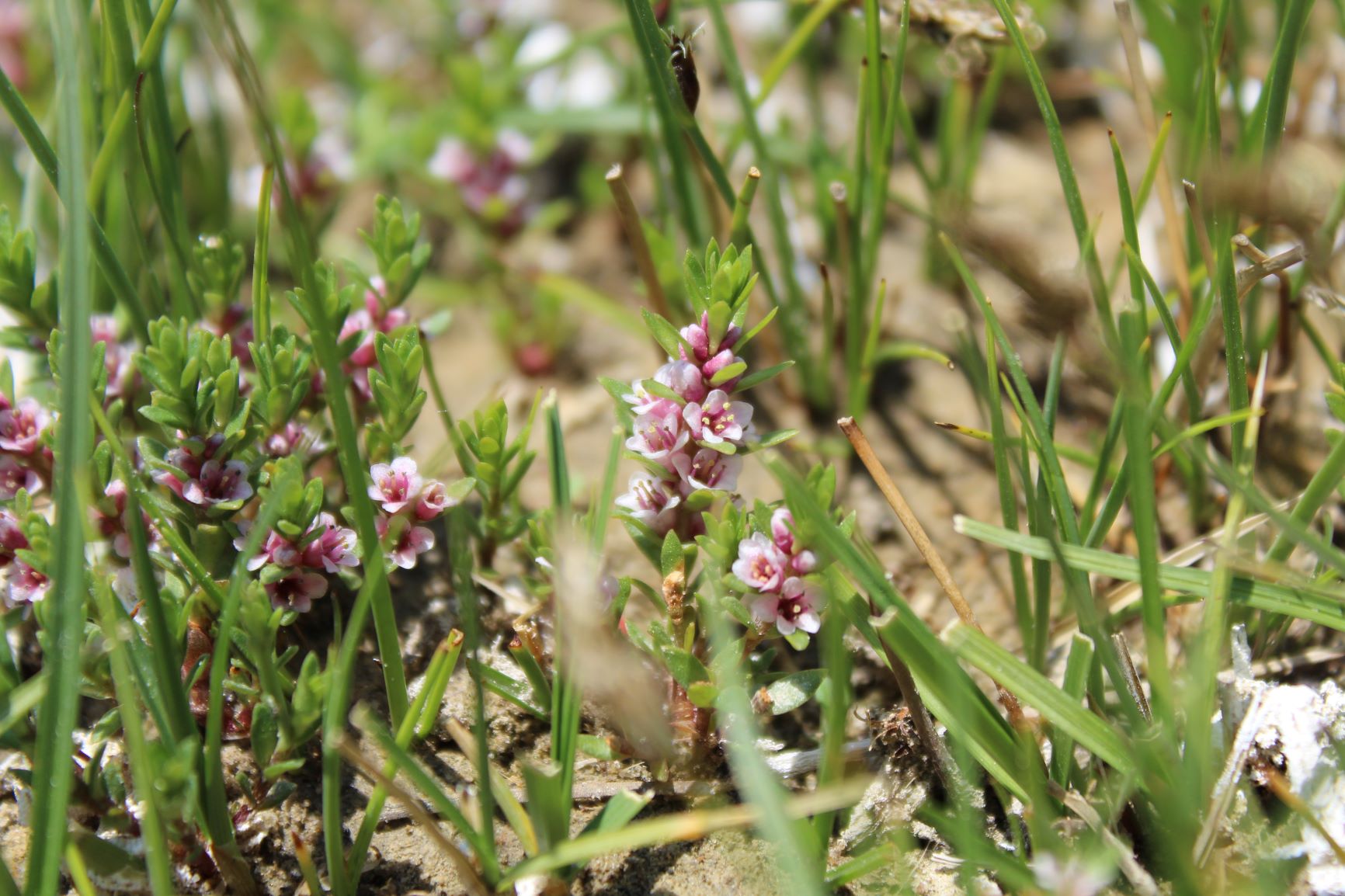
The watershed is also home to several rare, or uncommon plant species. In many cases, the conservation status of rare plants is unable to be determined due to a lack of knowledge and data regarding the range, origins, and optimal growth conditions for these species. Because of this, SEAWA reports any rare plants we find during our work through the Alberta Conservation Information Management System (ACIMS). To date, SEAWA has identified the following rare species in the watershed:
- Great Basin Calicoflower (Downingia laeta)
- Sea Milkwort (Lysimachia maritima)




